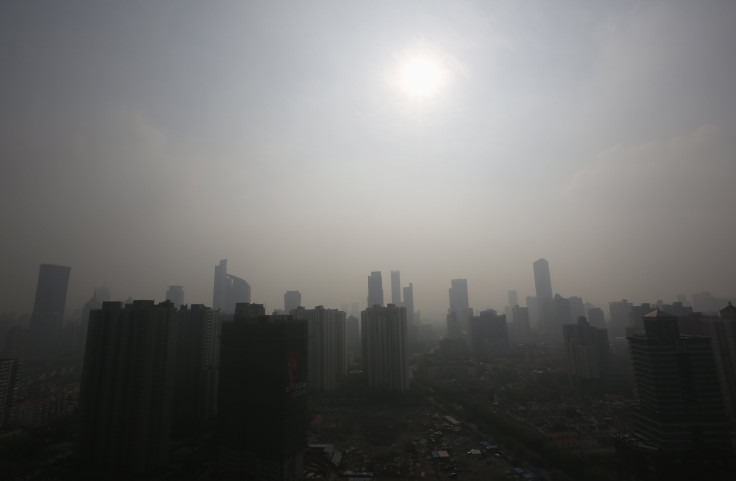Climate Change: Global Average Carbon Dioxide Concentration Crosses 400 PPM Threshold

For climate activists, 2016 has been a year of cheers and tears. While this year marked a time when world leaders finally got together and ratified not one, but two key deals to limit the emission of greenhouse gases, it also revealed the true extent to which our actions have already damaged Earth’s climate.
Last month, for instance, the carbon dioxide monitoring station at the Mauna Loa Observatory in Hawaii found that in September, which is usually a month when the atmospheric concentrations of carbon dioxide are at their lowest levels in the Northern Hemisphere, the level of the greenhouse gas remained stubbornly above the 400 parts per million mark — a symbolic red line that scientists say would better have been left unbreached.
Now, in further news to drive home the need for immediate mitigative action, World Meteorological Organization (WMO) — the U.N. organization that monitors over 120 stations across the globe — said Friday that 2015 was the first time in human history when the 400 ppm barrier was breached on an average for an entire year. This unprecedented rise in global carbon dioxide concentrations — driven largely by fossil fuel emissions, and aided, at least partly, by an extremely strong El Niño that has been linked to droughts and wildfires in tropical regions — also marked the largest annual increase on record.
The true significance of this can be understood when you realize that the last time when carbon dioxide levels were consistently above the 400 ppm mark was 3 to 5 million years ago — a time when the Homo genus we belong to was yet to appear on the face of Earth.
“According to the most recent data, increased growth rates have persisted far into 2016, consistent with the expected lag between CO2 growth and the El Niño/Southern Oscillation index. It is predicted that because of this, 2016 will be the first year in which CO2 at the Mauna Loa Observatory remains above 400 ppm all year, and hence for many generations,” the WMO said in its annual Greenhouse Gas Bulletin.
Since the Industrial Revolution, the level of atmospheric carbon dioxide has been steadily increasing. The WMO estimated that our increasing reliance on fossil fuels has, since the start of the Industrial Revolution in 1750, increased the amount of atmospheric carbon dioxide by 43 percent. In the same period, the concentration of methane — another potent, but short-lived, greenhouse gas — rose by 155 percent.
“The year 2015 ushered in a new era of optimism and climate action with the Paris climate change agreement. But it will also make history as marking a new era of climate change reality with record high greenhouse gas concentrations,” WMO Secretary-General Petteri Taalas said in a statement accompanying the report. “The El Niño event has disappeared. Climate change has not.”
Given the current trajectory of emissions, many believe it is only a matter of time before pre-industrial levels of atmospheric carbon dioxide — approximately 280 parts per million — are doubled. If this happens, there is nothing that can be realistically done to keep the rise in global temperatures to below 2 degrees Celsius — something that last year’s Paris climate treaty commits to.
“Without tackling carbon dioxide emissions, we cannot tackle climate change and keep temperature increases to below 2 degrees Celsius above the pre-industrial era,” Taalas said. “It is therefore of the utmost importance that the Paris Agreement does indeed enter into force well ahead of schedule on 4 November and that we fast-track its implementation.”
© Copyright IBTimes 2024. All rights reserved.






















